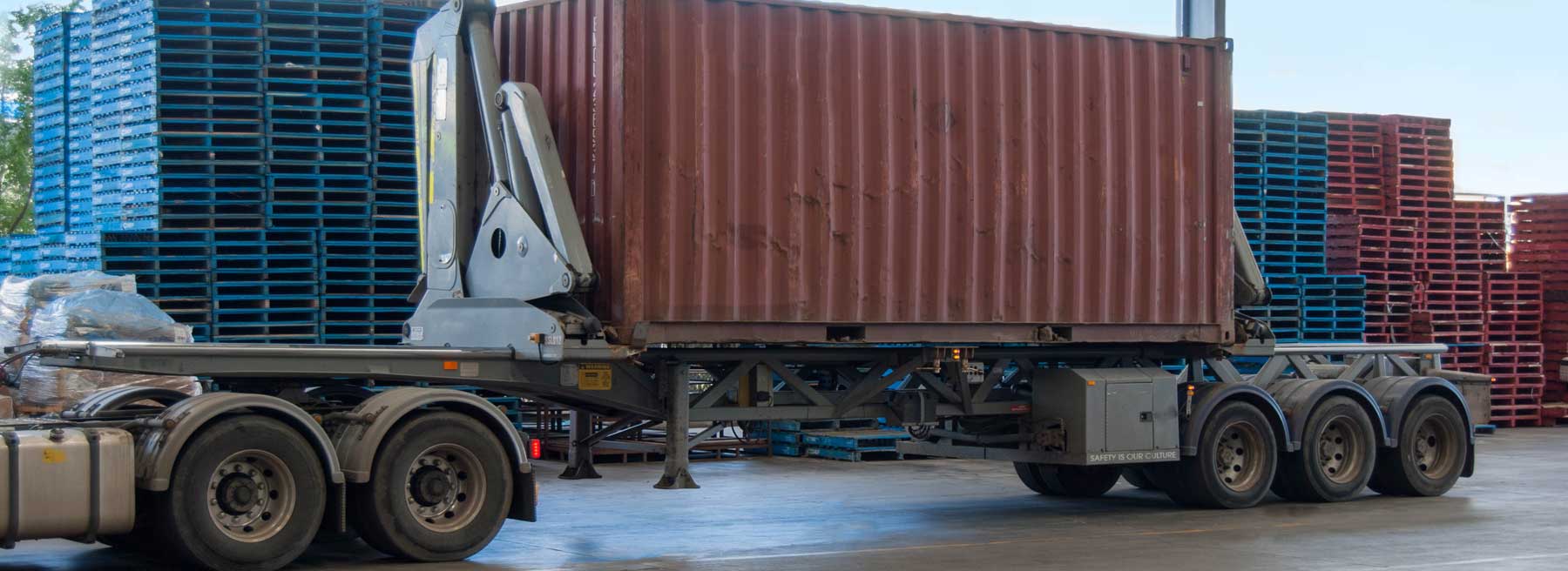The proactive strategies to address 3PL relationship issues include establishing clear communication, setting realistic expectations, and using data. These help identify and address potential problems before they escalate. Soliciting feedback and finding means for continuous improvement also support successful 3PL relations.
Here’s an explanation of each strategy to help you establish a long-term relationship with your Melbourne 3PL provider.

1. Establishing Clear Communication
Maintaining clear communication channels with the coordinator of your 3PL partner is essential. This strategy allows you and your third-party logistics provider to address issues promptly.
Here are some ways to incorporate good communication for a better 3PL relationship:
- Delegate communication duties: Assign a specific contact person to manage communications.
- Establish communication channels: Have regular meetings, calls, or emails with your 3PL to address shifts in business priorities and goals. Routine communication shows your commitment to transparent dialogue and conflict resolution.
- Solicit regular feedback: Provide ongoing performance evaluation with KPIs. This strategy strengthens 3PL relationships by addressing problems proactively. It also turns challenges into opportunities for partnership growth and creates a cooperative environment for long-term success.
- Be proactive: Keep each other updated on inventory levels, shipment schedules, and potential disruptions.
2. Setting Realistic Goals and Clear Expectations
There is no such thing as a perfect 3PL relationship. Several things can go wrong. If you do not manage your expectations, misunderstandings follow.
Here’s how you can establish more defined goals to prevent relationship failures:
- Know your capabilities: Ensure you and your partner offer the appropriate resources to make the 3PL relationship work.
- Establish clear and measurable key performance indicators: Expectations should be in writing to prevent misunderstandings. Your goals should be SMART (specific, measurable, achievable, relevant, and time-bound) for easy performance tracking.
- Allow regular reviews and constructive feedback: This step keeps both sides updated on how things are progressing.
Setting realistic expectations should go with clear communication. That way, both parties focus on collaboration, not fault-finding.
A culture of non-blame and shared responsibility fosters trust, which is essential for teamwork. By conducting a joint analysis of root causes, both uncover immediate remedies and long-term improvements, strengthening their alliance.
3. Using Data to Identify and Address Potential Problems
To tackle 3PL relationship challenges, keep track of performance metrics. Data keeps both parties informed, objective, and transparent, allowing for strategic improvements and preventing potential issues from escalating.
Below are strategies you and your third-party logistics company can apply for data gathering and easier monitoring:
- Invest in technology: Use modern tools that enable real-time data sharing and communication.
- Implement WMS: Warehouse management systems generate data, automate processes, improve visibility, and enhance efficiency.
- Analyse data gathered: Data analytics serve as evidence, making discussions constructive.

Other Proactive Measures to Maximise Your 3PL Relations
Addressing issues in 3PL relationships helps maintain a good working relationship. However, aside from conflict resolution, you should also focus on measures to make the most of your 3PL relationship.
Here are some tips you can do to strengthen your collaboration and achieve long-term success.
1. Perform Regular Performance Reviews
Regular assessments and mutual objectives enhance partnerships with your logistics service provider. Appraisals ensure both parties remain in sync and adjust to changes in the logistics sector. Also, establishing shared goals encourages teamwork and monitoring progress.
To do this, collaborate with your 3PL and set mutually agreed-upon metrics or key performance indicators (KPIs). These may include on-time delivery rates, order accuracy, inventory turnover, and customer satisfaction scores.
Then, consider offering incentives or rewards for exceeding KPIs or achieving specific milestones to motivate the 3PL to excel.
2. Invest in Building Relationships
A good relationship with a 3PL provider relies on trust. It goes beyond simple interactions and encompasses shared business insights and clear boundaries.
You can achieve this by engaging in activities that promote team cohesion and reduce individual differences. Here are some examples:
- Build a working relationship based on mutual benefits: Focus on creating a partnership that benefits both parties. Rather than a business entity, treat your 3PL provider as a business partner. When both companies align their strategies, they gain a competitive edge in new markets and customer experience.
- Work with a 3PL partner that complements your company culture: If your business is innovative, partner with a 3PL that is equally dynamic to foster creativity and collaboration. Similarly, an eco-friendly 3PL is a better match if your company prioritise environmental practices.
- Cultivate relationships across your 3PL team: Build connections with account managers, warehouse supervisors, and delivery personnel to boost transparency and good communication. A greater sense of partnership between teams helps you gain valuable insights and ensures faster conflict resolution.
Seeing the partnership as more than just a contract, but as a joint venture towards success, is vital. By taking these steps, you are investing in more than a service. You are investing in a durable partnership.
3. Encourage Continuous Improvement
Cultivating a culture of continuous improvement enhances relationships with 3PL providers. This step allows you to identify areas for optimisation, implement effective solutions, and use the 3PL’s expertise to refine supply chain processes. Ultimately, these lead to efficiency, lower costs, and better customer service.
These areas should be the focus of your improvement efforts:
- Collaboration: Allow open dialogue and feedback for efficient processes and operations.
- Technology: Explore new warehouse and transportation management systems, task automation, and business intelligence tools to improve efficiency and visibility.
- Workflow: Optimise warehouse design, facility layout, and order fulfilment processes for faster turnaround times and reduced costs.

When to Consider Terminating a 3PL Partnership
Consider terminating your 3PL partnership when there’s a significant and persistent decline in performance, a lack of alignment with business goals, or when a new 3PL can offer better value or solve existing problems.
Factors to consider include poor customer service, inability to scale, increasing costs, outdated technology, or a 3PL becoming a barrier to growth.
However, before terminating your 3PL relationship, be sure to do the following:
- Communicate with your 3PL provider: Discuss your concerns and explore potential solutions, rather than immediately terminating the agreement.
- Keep a record of your transactions: Document your exchanges, performance data, and any agreements or negotiations.
- Conduct a thorough evaluation: Assess your provider based on performance metrics like delivery times, order accuracy, cost, and customer satisfaction.
- Seek legal assistance: Hire a counsel to help review your contract terms, particularly termination clauses and any potential penalties.
- Plan your transition: Make a guide outlining the steps to move inventory, manage orders, and contact a new 3PL provider.

Find the Right 3PL Partner for Long-Term Business Success
Keeping communication lines open, treating 3PLs as a strategic partner, embracing technology, and conducting regular performance assessments are key to successful 3PL partnerships. With strong, conflict-free relations, you and your 3PL provider can improve and grow together.
The first step in building successful partnerships is finding the best 3PL provider that matches your sector and needs.
Contact Effective Logistics today to learn how our 3PL services can help streamline your supply chain operations.

